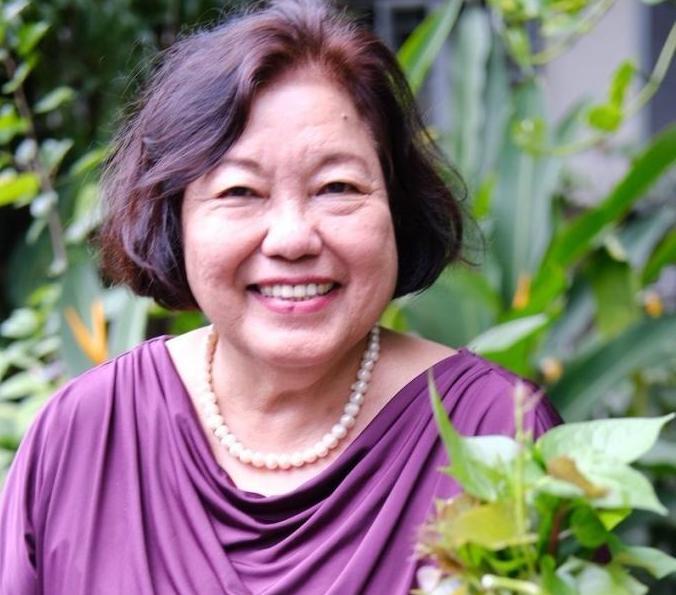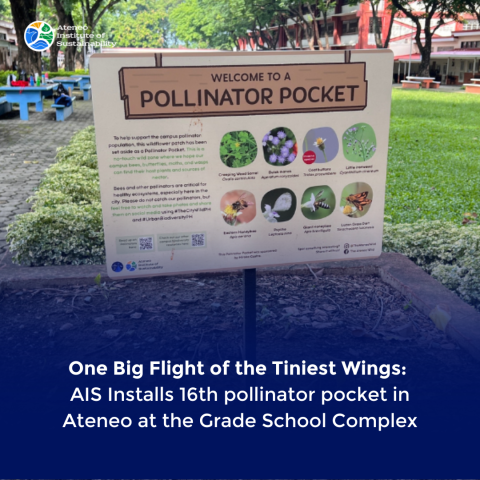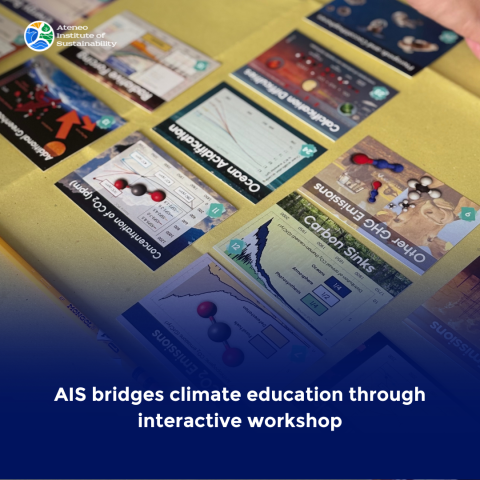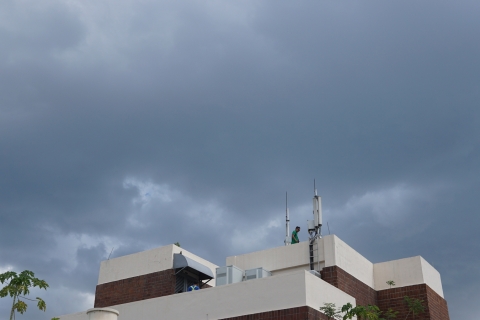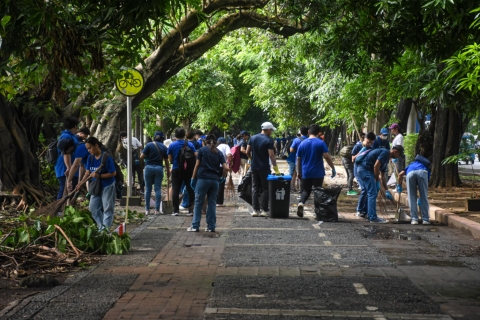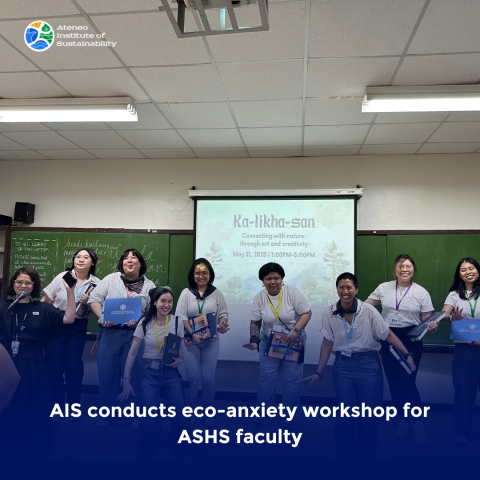Building climate-resilient cities: Dr Emma Porio and Ateneo’s leadership in urban adaptation
14 Mar 2025
Ateneo de Manila University’s Professor Emeritus (Sociology), Dr. Emma Porio, has long been at the forefront of climate resilience research, particularly in urban and coastal areas. Now, as a newly appointed Lead Author for the Intergovernmental Panel on Climate Change (IPCC) Special Report on Climate Change and Cities, her work is set to influence global policies on urban climate adaptation.
Dr Porio’s expertise is deeply rooted in her leadership of the Coastal Cities at Risk in the Philippines (CCARPH) project under the Ateneo de Manila University President’s Office. Since 2018, CCARPH has been crucial in bridging scientific research, policy-making, and on-the-ground implementation to address climate-related threats in coastal cities like Metro Manila, Iloilo, and Naga.
Science, Policy, and Practice: A Holistic Approach to Climate Resilience
CCARPH integrates interdisciplinary and transdisciplinary methods to tackle climate risks. By working directly with local communities and forming cross-sectoral partnerships, the project ensures that adaptation strategies are scientifically sound, socially inclusive, and technically feasible.
The project has also contributed to the IPCC 2022 Report, ensuring that global climate science translates into practical, community-based resilience strategies in the Philippines. As part of Ateneo de Manila University's Laudato Si’ Journey (2023-2030), CCARPH supports the University’s goal of becoming a Laudato Si’ University by 2030, emphasizing environmental sustainability and social justice.
Transforming Cities Through Localized Climate Action
One of CCARPH’s most innovative initiatives is implementing the Circular and Ecological Sphere (CES) approach in urban planning, particularly in Pasig City and Angono, Rizal. This framework acknowledges the interconnectedness of urban and rural systems, promoting sustainable resource management while addressing climate risks, pollution, and socio-economic inequalities.
In Pasig City, the partnership between CCARPH and the local government has paved the way for a data-driven climate resilience program. Through collaborations with Ateneo’s Innovation Center, the project has introduced infrared heat mapping via drones, socioeconomic surveys, and green technology solutions to mitigate the urban heat island effect. The initiative has also informed policy adjustments in the city’s Disaster Risk Reduction and Management Office (DRRMO), reinforcing emergency preparedness and climate adaptation strategies.
Similarly, in Naga City, CCARPH’s collaboration with local authorities focuses on integrating climate-responsive policies into urban development. With the city frequently experiencing landslides, the project has introduced a three-pronged resilience framework: strengthening risk assessments, reducing exposure through policy reforms, and innovating long-term sustainability solutions.
Climate and Disaster Risk Assessment in Iloilo: Lessons for Future Resilience
In Iloilo City, a highly urbanized area prone to flooding and storm surges, CCARPH’s Climate and Disaster Risk Assessment (CDRA) has provided critical insights into the city’s vulnerabilities. Conducted in collaboration with the Manila Observatory, the National Resilience Council, the University of the Philippines-Visayas, and the Iloilo City Government, the study highlighted the urgent need for sustainable water management and improved urban planning.
Iloilo’s exposure to El Niño-induced water shortages in previous years has underscored the risks of over-extraction and poor infrastructure. By employing Integrated Risk Analysis (IRA) and hazard-exposure-vulnerability mapping, CCARPH has helped local policymakers develop data-driven strategies to address climate threats. The initiative aligns with the National Local Climate Change Action Plan (LCCAP) and supports ongoing resilience-building efforts in the region.
Empowering Communities Through Innovation and Partnerships
At the heart of CCARPH’s mission is its dedication to community-driven solutions. The Climate and Disaster Resilience Innovations Program (CDRI) fosters grassroots adaptation efforts, ensuring that marginalized communities actively participate in designing climate solutions. Meanwhile, in partnership with Buklod Tao, the Community Resilience Laboratory has successfully implemented solar-powered water systems and food security programs, offering sustainable livelihood opportunities in disaster-prone areas.
CCARPH’s Resilience Co-Laboratory, housed at the Manila Observatory, strengthens disaster risk adaptation strategies through cutting-edge scientific research. The lab’s work supports national climate policies and provides evidence-based recommendations to mitigate the impacts of extreme weather events on vulnerable populations.
Ateneo’s Role in Advancing Climate Science and Action
Through CCARPH, Ateneo de Manila University has positioned itself as a regional leader in climate resilience research and policy engagement. Its ongoing partnerships with institutions such as George Mason University, the National Resilience Council, and local government units reinforce its commitment to advancing climate science while ensuring that research translates into tangible action.
As CCARPH unveils its 2025-2030 roadmap, the project remains at the forefront of climate adaptation and disaster resilience efforts in the Philippines. With its continued focus on innovation, policy integration, and community empowerment, the initiative serves as a model for other Southeast Asian cities facing the mounting threats of climate change.
With Dr Emma Porio’s new role at the IPCC, her work with CCARPH and Ateneo’s contributions to climate action will shape national resilience strategies and influence global discussions on sustainable urban development. As cities worldwide grapple with the escalating climate crisis, the work being done in the Philippines stands as a beacon of hope for a more resilient and sustainable future.



